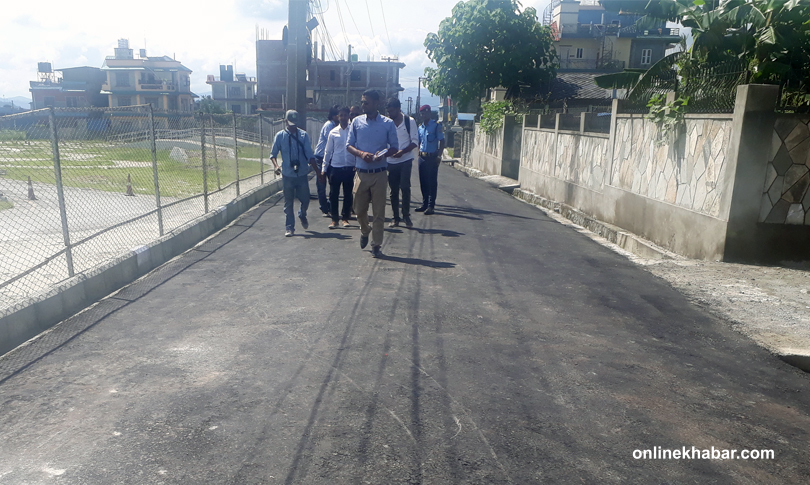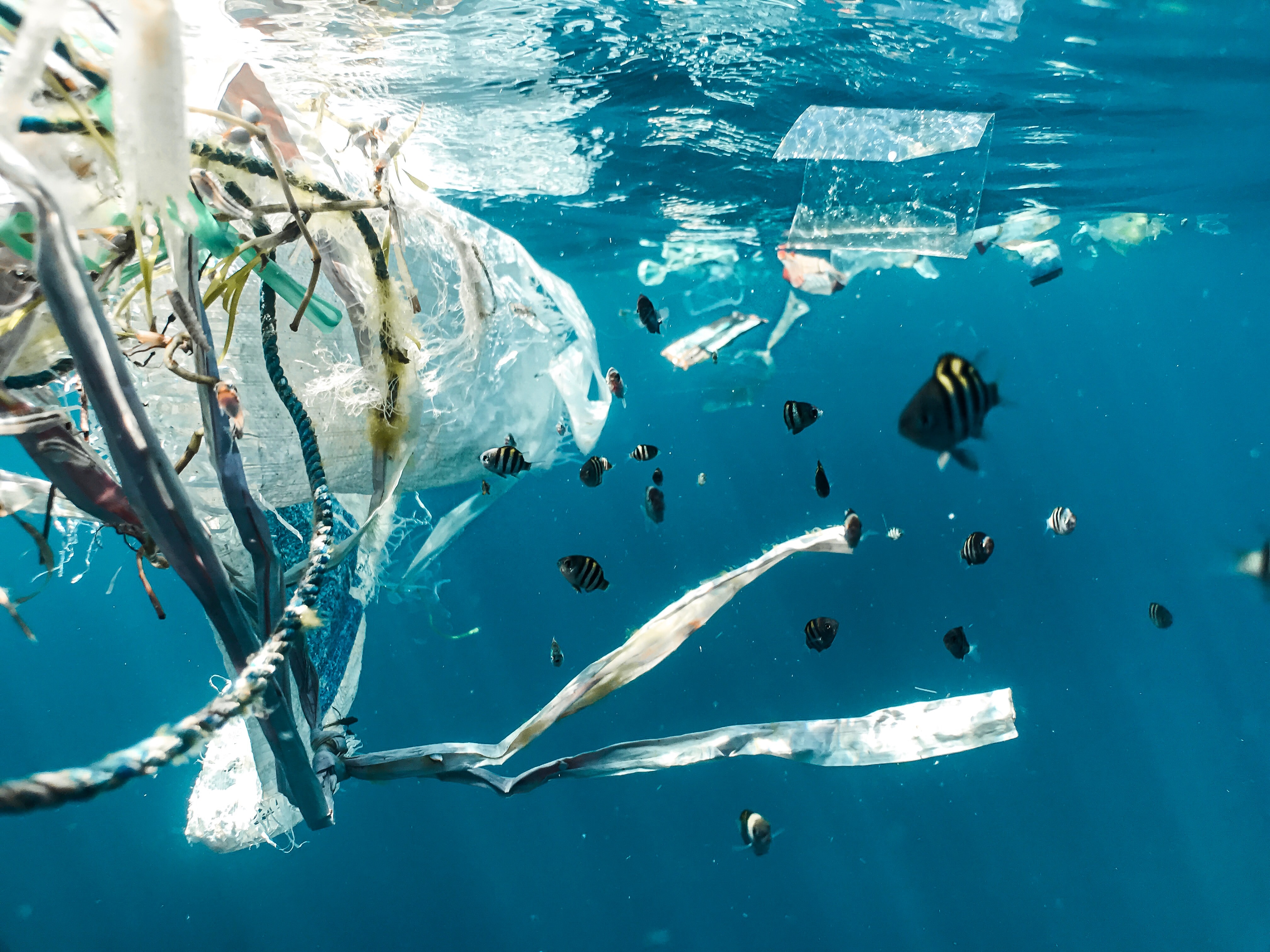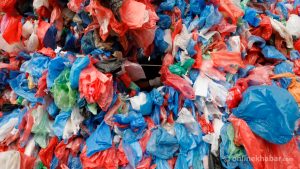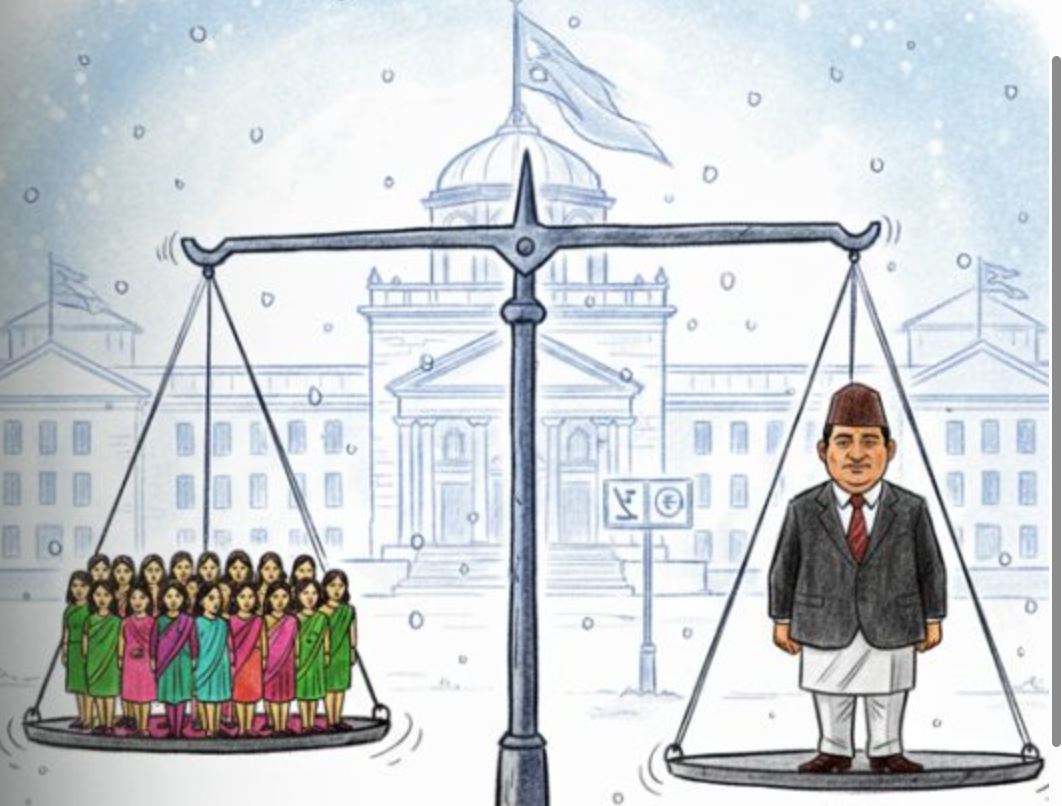Introduction
The world population is growing up, so is the amount and types of waste. Many of the wastes produced today will remain in the environment for a long time. Non-decaying waste materials have resulted in a waste disposal crisis and solutions to this crisis are recycling and reuse.
One person’s trash can be another person’s treasure. Therefore, if we learn to see things we are throwing away as materials that can be reused, it may solve everyday problems and satisfy everyday needs.
In this context, we can also reuse plastic waste into the building of roads. There are various types of waste materials used in road construction such as crushed concrete, pulverised bitumen, fly ash and bottom ash and plastic.
There are two types of plastics, namely: thermoplastics and thermosetting. Thermoplastic materials include PET and PVC, which are mainly recyclable whereas thermosetting plastics are usually in liquid form or in the form of resin and they are impossible to recast or reformat. So, they can be used as a supplement in road construction.
Plastics such as polymers can be used in road construction as fillers to replace some portions of the stone material or with bitumen to replace a certain percentage of bitumen. If the plastic has lower softening temperature than 170°C, it is used as an addition to bitumen, and if the plastic has a higher softening temperature than 170°C, it can be used as a supplement to fillers. As highway construction projects utilise natural rock materials such as aggregates, crushed rocks, broken stones, sand and gravel, all of these materials can be fully or partially replaced with recycled materials.

Domestic and industrial waste products provide a prospective source of alternative material and these materials are cheaply available as well as their use in road construction provides an effective solution to the associated problems of pollution and disposal of these wastes.
Benefits
Using waste plastics in road construction is completely a new idea. Recycled plastics can even replace aggregates or serve as a binder modifier. Waste plastic has potential for the use in road construction as its addition in just a small amount helps in improving the stability, strength, fatigue life and other desirable properties of bituminous mixes, leading to improved longevity and pavement performance.
It also results in a reduction of bitumen consumption, thereby resulting in the reduction of costs for construction and maintenance as it is fully sustainable. Using waste plastic for road construction also contributes to a longer road service life. There are examples of waste plastics being used in road construction in a few countries like India, the UK, the Netherlands, Ghana, Ethiopia and South Africa. The world’s first plastic road was constructed in Zwolle city of the Netherlands.
Nepal’s closest neighbour India is the country with a rich experience of using waste plastics in road construction. Since 2002, waste plastics have been used to construct more than 2,500 km of roads which were reportedly functioning well without potholes, ravelling and rutting, up to ten years later and binding between plastic-coated aggregates and bitumen is stronger as well.
Process
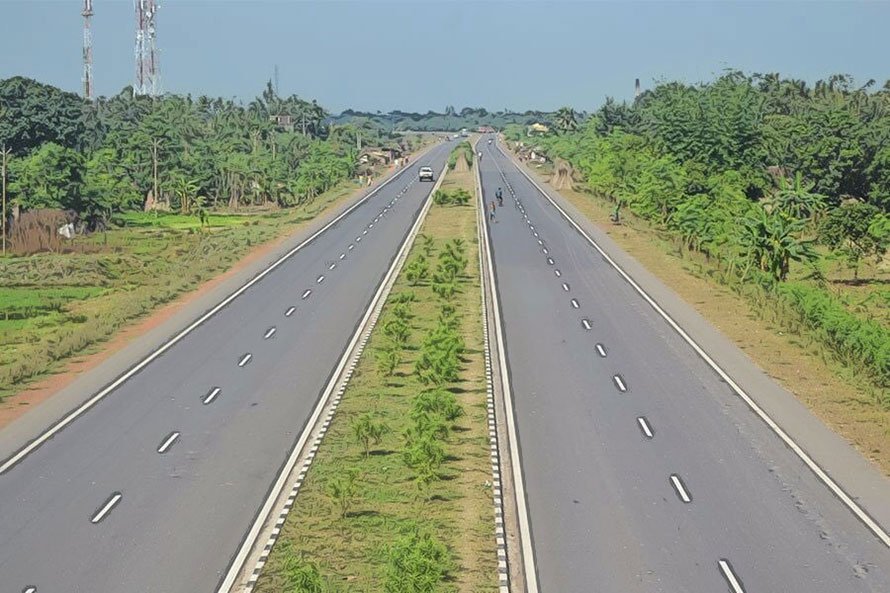
While using plastics in road building, plastics are blended with aggregates before adding to bitumen to prepare a plastic-modified bituminous concrete mix. This is known as a dry process. In the dry process, the processed waste plastic is shredded and added to the hot aggregates. The Indian Road Congress (2013) and National Rural Roads Development Agency (2019) indicates that the shredded waste plastic size should preferably be 2-3 mm for better spread and coating on the aggregate. Dust and other impurities should not exceed 1%. The shredded waste plastic is then added to the aggregates that are heated to 170°C. The shredded waste plastic softens and melts to form a coating around the aggregates. The bitumen is also heated to 160°C and the plastic-coated aggregates are then mixed with bitumen and used for road construction.
There is also an alternative, wet, process, which involves the simultaneous blending of bitumen and waste plastics. In the wet process, the processed waste plastic in the powder form is added to the hot bitumen. The powdered waste plastic is directly mixed with bitumen before adding them to the aggregates. It has to be ensured that there is an even mix of plastic and bitumen, and the temperature range for this method is 155°C to 165°C.
Comparison between normal roads and plastic roads
The durability of the roads laid out with shredded plastic waste is much more compared to roads with asphalt with the ordinary mix. Roads laid with the plastic waste mix are found to be better than the conventional ones. The binding property of plastic makes the road last longer besides giving added strength to withstand more loads. While a normal ‘highway quality’ road lasts four to five years, plastic-bitumen roads can last up to 10 years. Rainwater will not seep through because of the plastic in the tar. So, this technology will result in lesser road repairs.
As each kilometre of the road with an average width requires over two tons of polyblend, using plastics will help reduce non-biodegradable wastes.
The cost of plastic road construction may be slightly higher compared to the conventional method. However, this should not determine the adoption of technology as the benefits are much higher than the cost. Plastic roads would be a boon for Nepal Terai’s hot and extremely humid climate, where temperatures frequently cross 45°C and torrential rains create havoc, leaving most of the roads with big potholes.
Already a long track has been tested in Nepal using this technology. The government should be keen to encourage the setting-up of small plants for mixing waste plastics and bitumen for road construction. It is hoped that in the near future, Nepal will have strong, durable and eco-friendly roads, which will relieve the earth from all types of plastic wastes. The use of this innovative technology not only strengthens the road construction but also increases the road life. In addition, it also helps improve the environment, also creating a source of income.

This opinion article has been prepared after studying different research papers including the one by Ramadasan TD, waste management-related policies and writer’s own professional practices. The writer has due acknowledgement to all of them.



